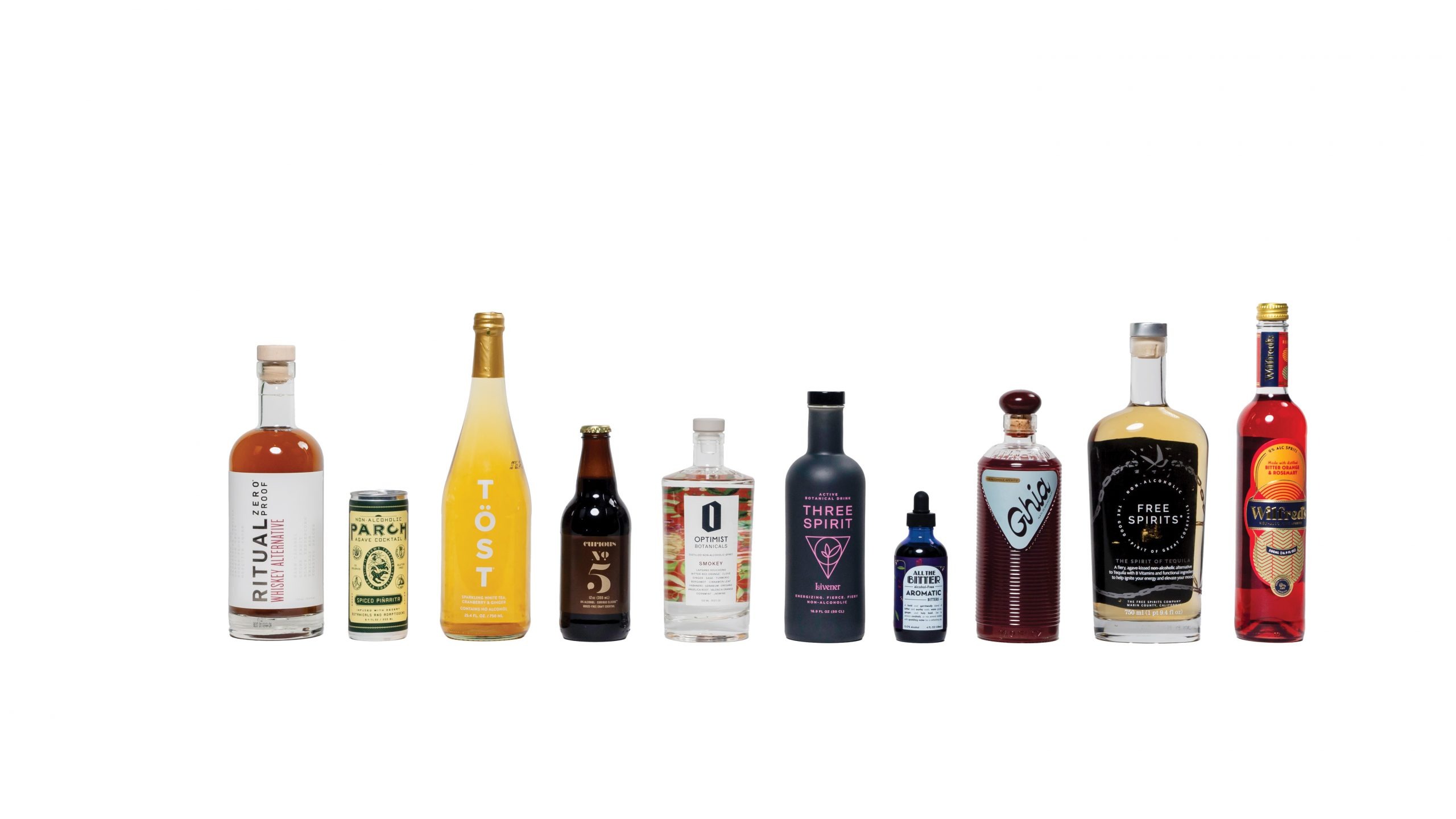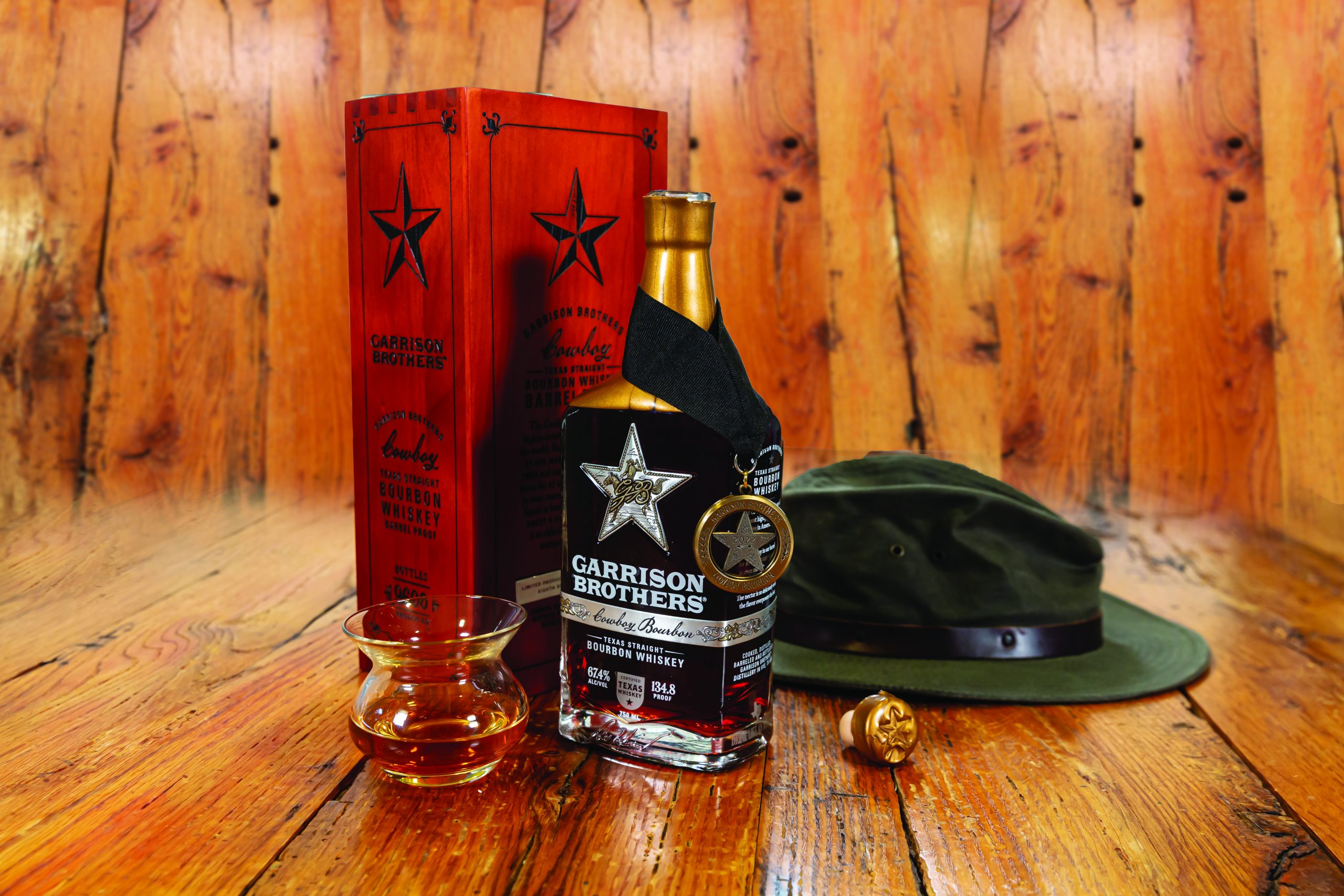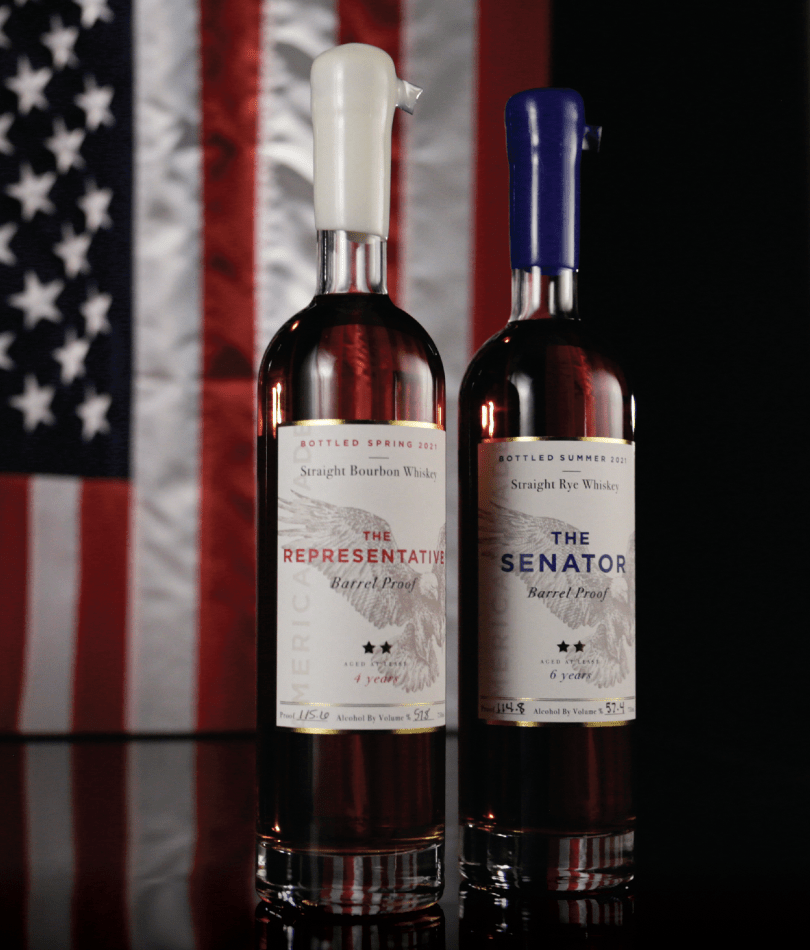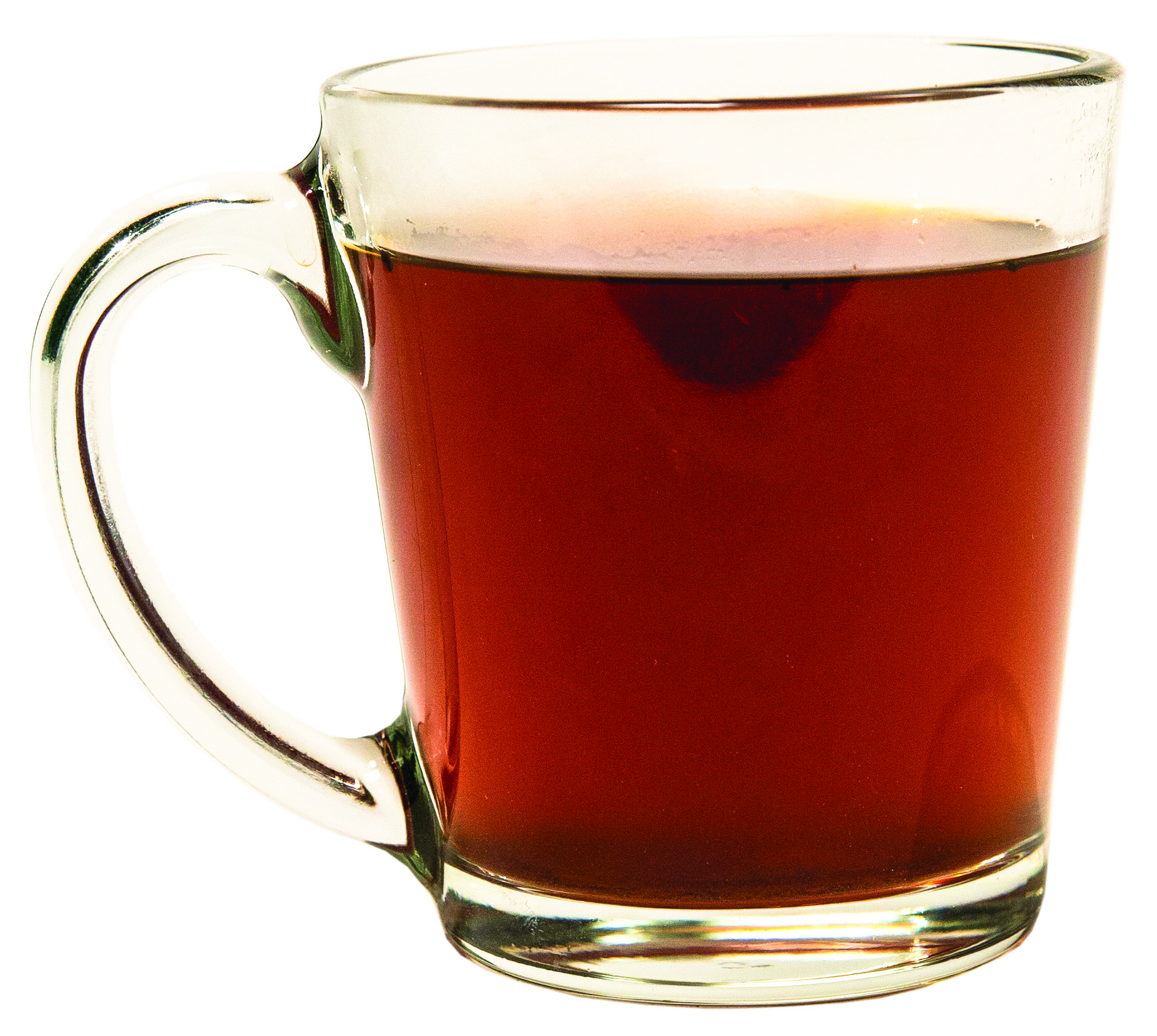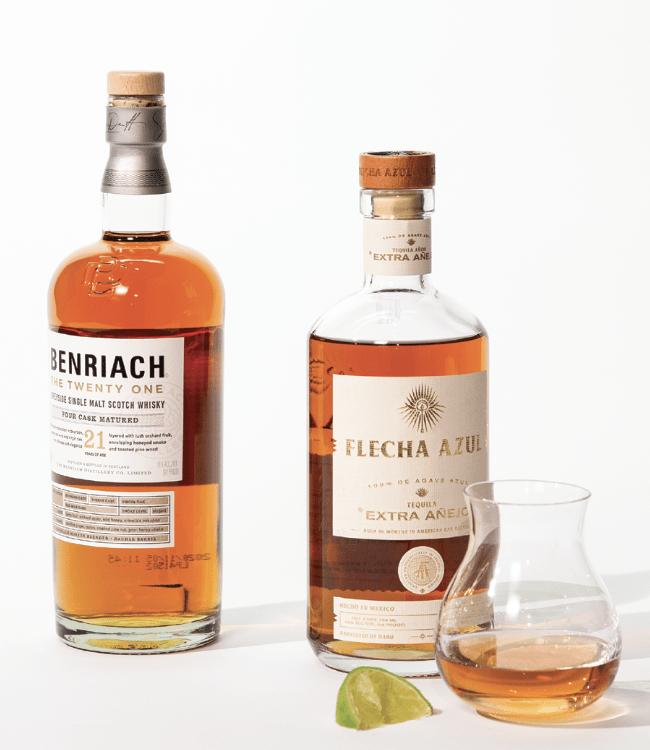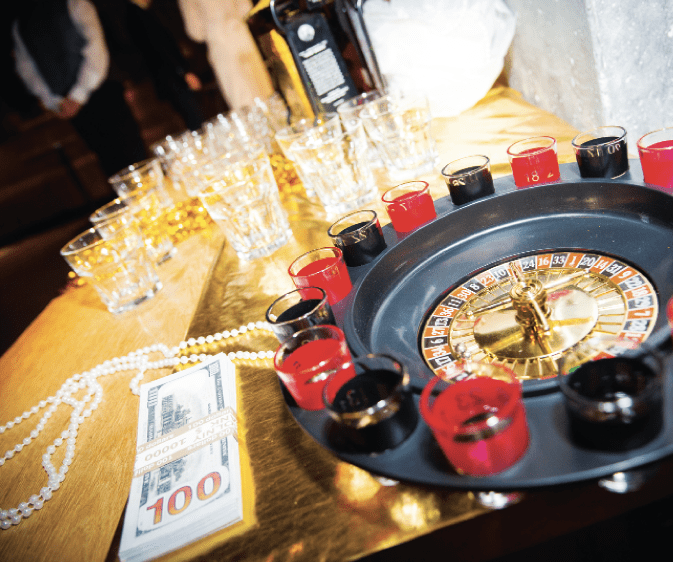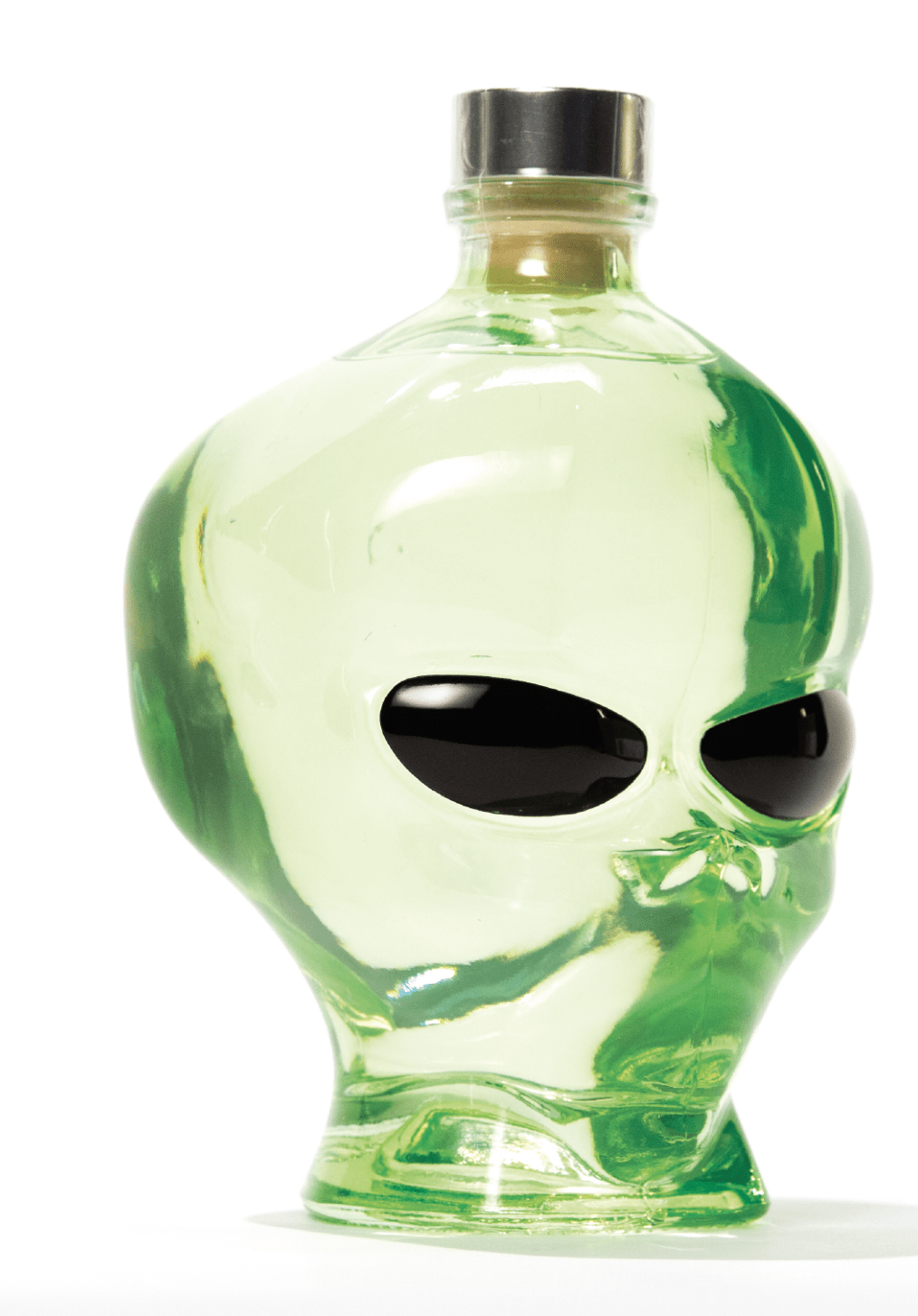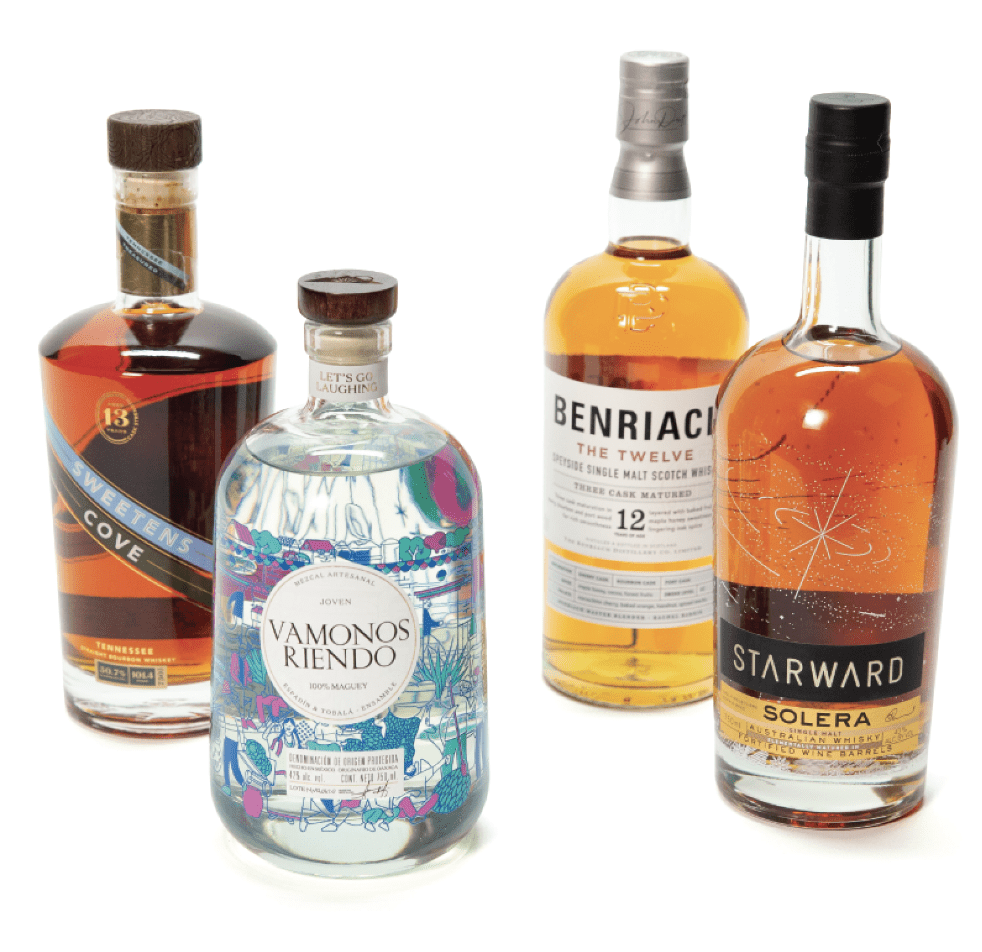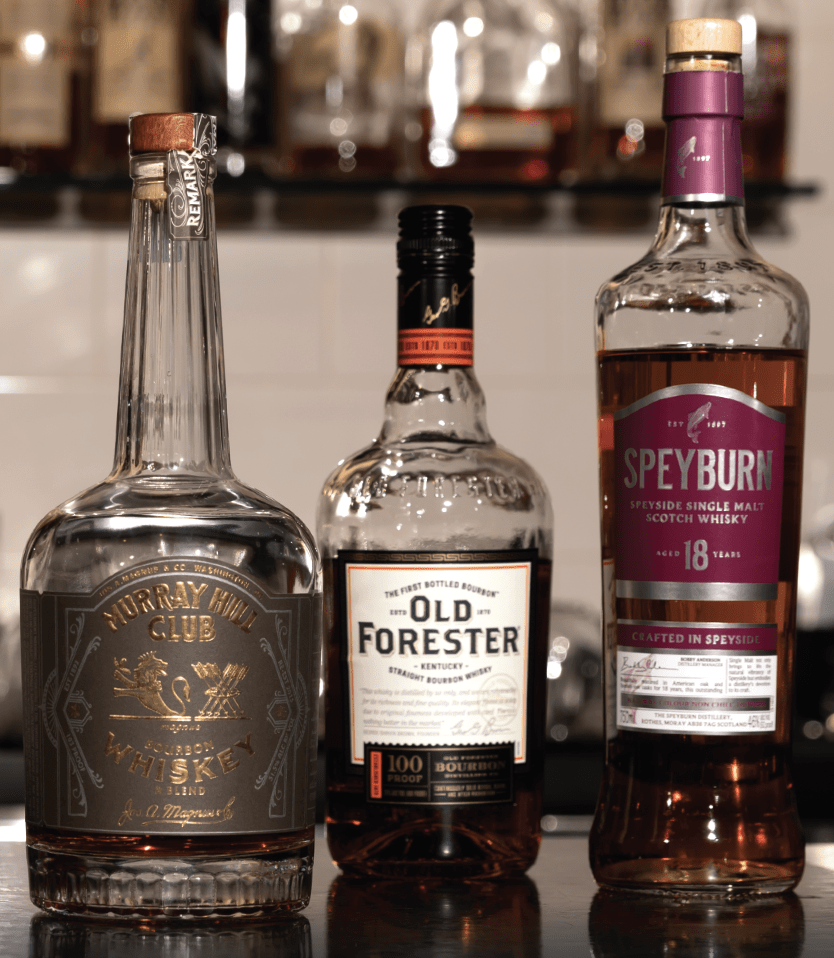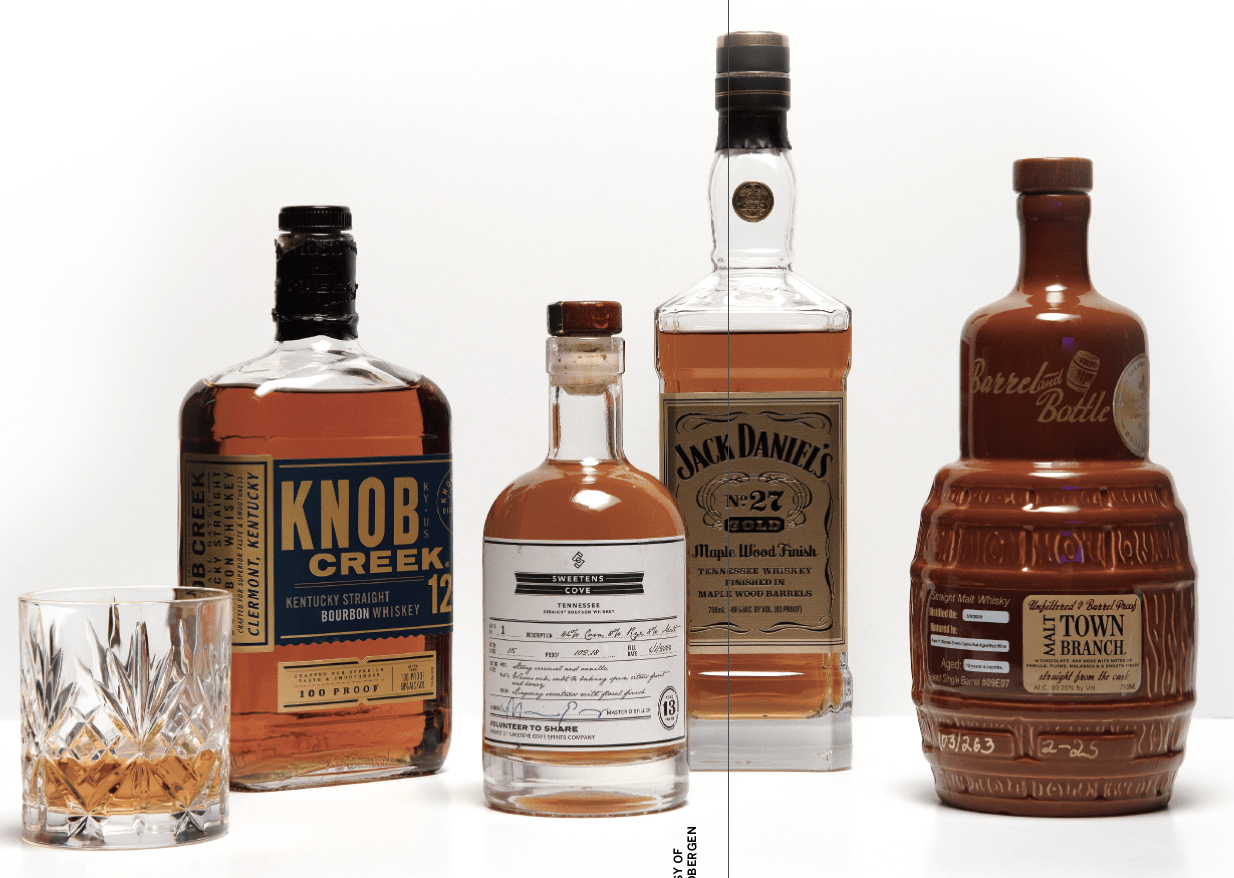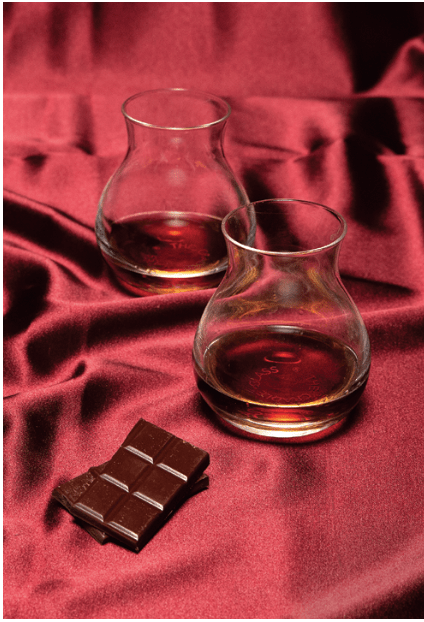Value and Vitality in Good Spirits
A venerable alcohol producer shows the old ways of doing business haven’t gone out of style
Traders might want to consider investing in an old-school Midwestern grain processor and distiller that’s churning out alcohol to fight COVID-19.
Midwest Grain Products (MGPI), also known as MGP Ingredients, is an all-American enterprise with just 340 employees. It began operations in 1941 and now owns plants in Kansas and Indiana, where it produces alcohol, wheat protein and wheat starch that it sells to large food processors, liquor manufacturers and makers of cleaners and sanitizers.
The firm distills “white label” whiskey, bourbon, rye, gin and vodka that 50 other companies buy to bottle and market under their own names. Diageo, the giant London-based liquor manufacturer, is its biggest beverage customer.
MGP describes its wide array of food ingredients as ranging from soft and chewy to crisp and flakey. Its customers add the company’s protein and starch to end products that include everything from pasta and baked goods to salad dressing and breakfast cereal.
The third generation of MGP’s founding Cray clan maintain that the company still operates on the family values that have sustained the enterprise since the beginning.
Combating the virus
MGP was founded to produce alcohol for the war effort in World War II, and that legacy is carried on today, the firm’s website says.
These days, the company has ramped up production of industrial alcohol used in hand sanitizers and commercial disinfectants to aid in the nation’s struggle to limit the ravages of the coronavirus that’s running rampant worldwide.
“MGP employees are working around the clock to support the needs of companies that produce these vital products,” the company said in a press release about its contribution to the fight against COVID-19.

Innate conservatism
Through good times and bad, MGP maintains a super-conservative balance sheet, running the business in ways seldom seen these days. More specifically, the company stockpiles lots of cash, owns plenty of current assets, and carries few debts or liabilities.
Today’s equity market cap of $400 million at a $24 stock price compares favorably to $184 million in cash, receivables and inventory, plus $138 million in plant and equipment, against just $91 million in total liabilities like debt and accounts payable held at the end of 2019.
MGP generated nearly $50 million
in cash flow (after subtracting a build in alcohol inventories) and $38 million in profits on $362 million in 2019 revenues. Try to find another boring food processing business consistently returning 10% a year in net profit margins. The giant processor and commodities trader Archer Daniels Midland (ADM), for instance, is lucky to hit 5% in a strong year.
More good news
The stock is a fallen angel. Dropping from an overvalued and overhyped growth valuationof $96 a share in 2018, all the way down to a crazy low price on operations today, it may be time to take a closer look.
The excuse for the sharp 2018-20 stock decline was entry into a new market, including the overproduction of its own aged whiskey that didn’t sell as expected. The usual formula for success has been alcohol production under contract for larger spirits makers like Diageo.
Insiders own 25% of the company, and directors and management receive some pay in the form of regular stock awards. Forty-two purchases against no share sales were reported to the Securities and Exchange Commission over the last 12 months.
On top of that, the massive
76% price slide since 2018 has been accomplished largely on the back of a targeted short-selling scheme. Some 2.6 million shares, 24% of the float, was still short MGP during the exchange report on March 13.
However, overall company profitability has remained stubbornly high. Who doesn’t love a bargain, especially in a stable and conservative 80-year-old food company, selling at a projected 12 times “depressed” earnings by Wall Street analysts during the 2020 recession?
The numbers add up
How many other businesses create $1 million in sales and $100,000 in net profit per employee? Not many. Take the $0.48 annual dividend to the bank each year, easily covered by earnings, for a 2% yield. The incoming CEO, who’s scheduled to ascend to the post this summer, could double or triple the dividend payout and still have plenty of cash flow to reinvest in accretive capital projects if the company chooses to do so.
Better days look to be coming for MGP shareholders. The first technical move above its 14-day moving average of price, around $26 at this writing, may indicate a turnaround is underway. A short squeeze could auickly ramp the stock another $10 or $20 a share later this year.
A bottom in the U.S. stock market should encourage value investors to get more excited about the company. And a little inflation in food prices from the Federal Reserve printing money, which began in March, should heighten results during 2021.
A price target of $40-$50 a share in 12-18 months seems reasonable if the company is valued like its peers.
Paul Franke has been writing about his trading adventures for 30 years. At the time of this writing he held a long position in MGPI. Find his Bottom-Fishing Club columns on Seeking Alpha.
